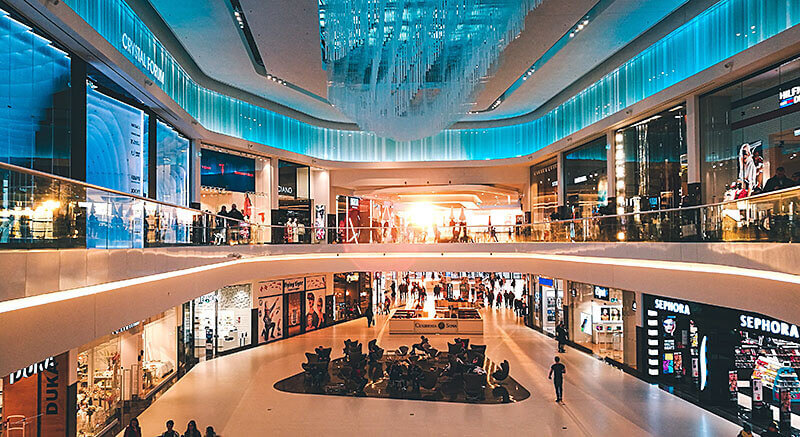Large Christmas baubles. Prancing reindeer. Boney M’s “Christmas Album” filtering via the sound machine. It’s Christmas at shops in South Africa, and despite the out-of-doors temperatures hovering around 26°C (80°F), inside, it’s a winter wonderland. This seasonal disparity and South Africa’s range pose a vexing query for retailers: What does African Christmas decor even appear to be? And what might get South Africans to dip into their wallets to shop for modern-day toys and trinkets to position underneath their Christmas trees?
Day four of Quartz’s 25 Days of Trade (Jordan Coelho for Quartz)
Within the two decades since the apartheid ended, South Africa’s consumer elegance has grown hastily. In the days when department shops catered to the United States of America’s minority white, Christian center class, fake snow-flecked windows and towering Christmas timber have become the norm. But even as we of the a’s customer base has to be greater various and complicated.
Western visions of Christmas still appear as a big draw to the United States’ many department shops. For mall managers, this wholehearted embody of “atmospherics,” or the Western-perfected exercise of the use of decor, sound, and smells to position people Inside the temper to store, has taken a fair extra significance during a financial downturn that is seeing purchasers adopt more measured, rather than merry, purchasing behavior.
The Magic Christmas Co. (TMCC) has been decorating malls and shopping centers in South Africa for 30 years, operating to hold up with converting tastes and department stores’ choice to deal with extra-religious and cultural companies. In February, the business enterprise starts working with some of the biggest department shops in South Africa on their layout plans; installations begin In the first weeks of October. Decorations stay until just after the new year, while the entire procedure starts again.

Read More Article:
- County bans gaming terminals at truck stops
- SC upholds HC order on Govt’s taking over Trust property managed by Sheikh family.
- Gaming news breakdown Suggestions of a brand new Bethesda cell sport,
- Thailand’s parliament to ask the crown prince to end up a new king
- Samsung’s modern-day smartphone cannot hook up to the internet. Like, at all.
TMCC hung white sparkly branches wrapped in fairy lights from the ceiling at the Glen buying center in southern Johannesburg. Huge baubles had also been strung up, and conventional Christmas bushes punctuated the main thoroughfares. The mall’s structure is a nod to the Portuguese community in community, but the Decorations showed no Mediterranean or African Christmas guidelines.
While department shops like the Glen mirror conventional topics, TMCC co-proprietor Jan Griesel says there has been a growing attempt to apprehend local traditions in the final 15 years. Those range from using Ndebele prints to replace the ribbon, a Large baobab tree in preference to a fir tree, and hand-crafted twine reindeer, sheep, and cows. “What we’re trying to do is contain greater neighborhood human beings to provide more local things so that we can put it together in one assertion,” Griesel says.
What hasn’t changed, Griesel says, is the expectancies that malls be adorned come Christmas. “They do demand it surely; if you don’t do it, then there’s a problem,” he says. Department stores are commonly satisfied to conform, although the effect of this decor on income may be difficult to a degree. A survey using exchange display organizers Messe Frankfurt of mall managers in Germany discovered most felt the “emotionally charged retail world” created by Christmas decor gives a critical improvement (pdf) to cease-of-yr sales.
Johannesburg-based CPS Promotions has had such success with its business adorning malls that its owners, Veta and Bevin Masters, have opened their small manufacturing unit to manufacture pieces instead of uploading them. They employ almost 30 permanent personnel, and the range jumps to approximately one hundred as Christmas-making plans ramp up around June.


